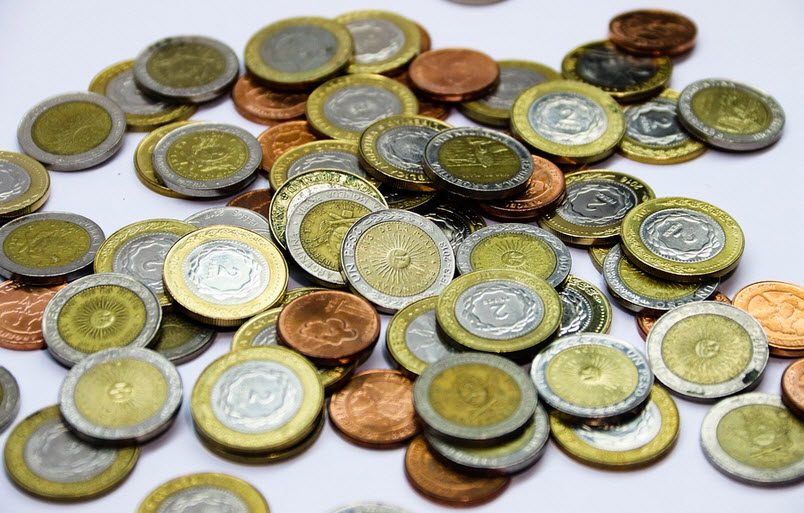Covering well over one million square miles of the southernmost part of the South American continent, Argentina (the Argentine Republic) is the largest Spanish-speaking country in the world, and the second-largest country in South America, with only the Portuguese-speaking Brazil covering more land.
Despite serious periods of turmoil, Argentina is the second-largest economy in South America and enjoys a very high HDI rating. HDI (Human Development Index) is a composite index based on factors such as life expectancy, education and per capita income. Still, from an international perspective, the Argentinian economy is not as good as it once were. In 1896, Argentina´s GDP per capita actually surpassed that of the United States. The capital is Buenos Aires.
Neighbours
Argentina borders Chile to the west, Bolivia and Paraguay to the north, Brazil in the north-east, and Uruguay to the east.
If you look at a map of the South American continent, you will see that the southernmost part looks like a ”cone”, and that Argentina takes up the bulk of this cone. Argentina has no coast along the Pacific Ocean though, because that part of the ”cone” is comprised of Chile. To the east, Argentina´s undulating Atlantic coastline goes on for roughly 2,900 miles.
Argentina currency
The currency in Argentina is the Argentine peso, it is often written as $ or ARS. The value of the Argentine peso has lost 80% against the USD and many other currencies in the last five years and it continues to sink.

The value of the Argentine peso and other currencies is decided by trading on the Forex exchange market. This is a market where different currencies are traded against each other. A value of a currency goes up when people looking to buy the currency is willing to pay more for it. It goes down when buyers are willing to pay less. The currency market is a very large market and it is used by all countries that exports or imports products to/from countries with another currency.
Argentina is a federation
The Republic of Argentina is a federation consisting of 23 provinces and one autonomous city – Buenos Aires. Buenos Aires is the federal capital and also Argentina´s most populous city.
Each of the provinces and the capital has their own constitutions, but belong to a joint federal system.
What´s in a name?
Argento is the Italian word for silver, and something is argentino if it is made of silver or silver coloured.
The oldest surviving evidence of this region of South America being called Argentina (l´ Argentina) is a Venetian map from 1536. Back then, Argentina was associated with a legend about silver mountains.
While Argentina was still a part of the Spanish Empire, its formal name was not Argentina but ”Viceroyalty of the Río de la Plata”. (Plata is the Spanish and Portuguese word for silver.) After achieving independence, it became the ”United Provinces of the Río de la Plata”. The name ”Argentine Republic” became official through the 1826 constitution, but the 1853 constitution used the name ”Argentine Confederation”. Eventually, an 1860 presidential decree fixed the name to be ”Argentine Republic”.

What´s the highest point in Argentina?
With a summit elevation of 22,838 feet (6,961 metres), the peak of the Aconcagua mountain is the highest point in Argentina. Aconcagua, which is a part of the Principal Cordillera of the Andes mountain range, is found the the Mendoza Province near Argentina´s border to Chile.
Aconcagua is also:
- The highest mountain in the Americas.
- The highest mountain in the Southern Hemispheres.
- The highest mountain outside Asia.
For mountain climbers, Aconcagua is one of the Seven Summits of the Seven Continents.
What´s the lowest point?
The lowest point is Laguna del Carbón, a lake located 344 ft (105 m) below sea level in the San Julián Great Depression. This is also the lowest point in the Americas and the lowest point in the Southern Hemispheres.
Since this lake is in an endorheic basin, salt has accumulated and turned it into a salt lake.
Investing in Argentina
Investing in Argentina is very high-risk since the Argentinian economy is very pruned to boom and bust cycles. It can give very good returns some years and completely collapse the next. It can be very profitable to invest in Argentina if you are able to enter and exit the market at the right time but this can be very hard to do. It is not a good market for long term investing. If you want to invest long term then it is better to invest your market in a more mature market such as the US or UK.

